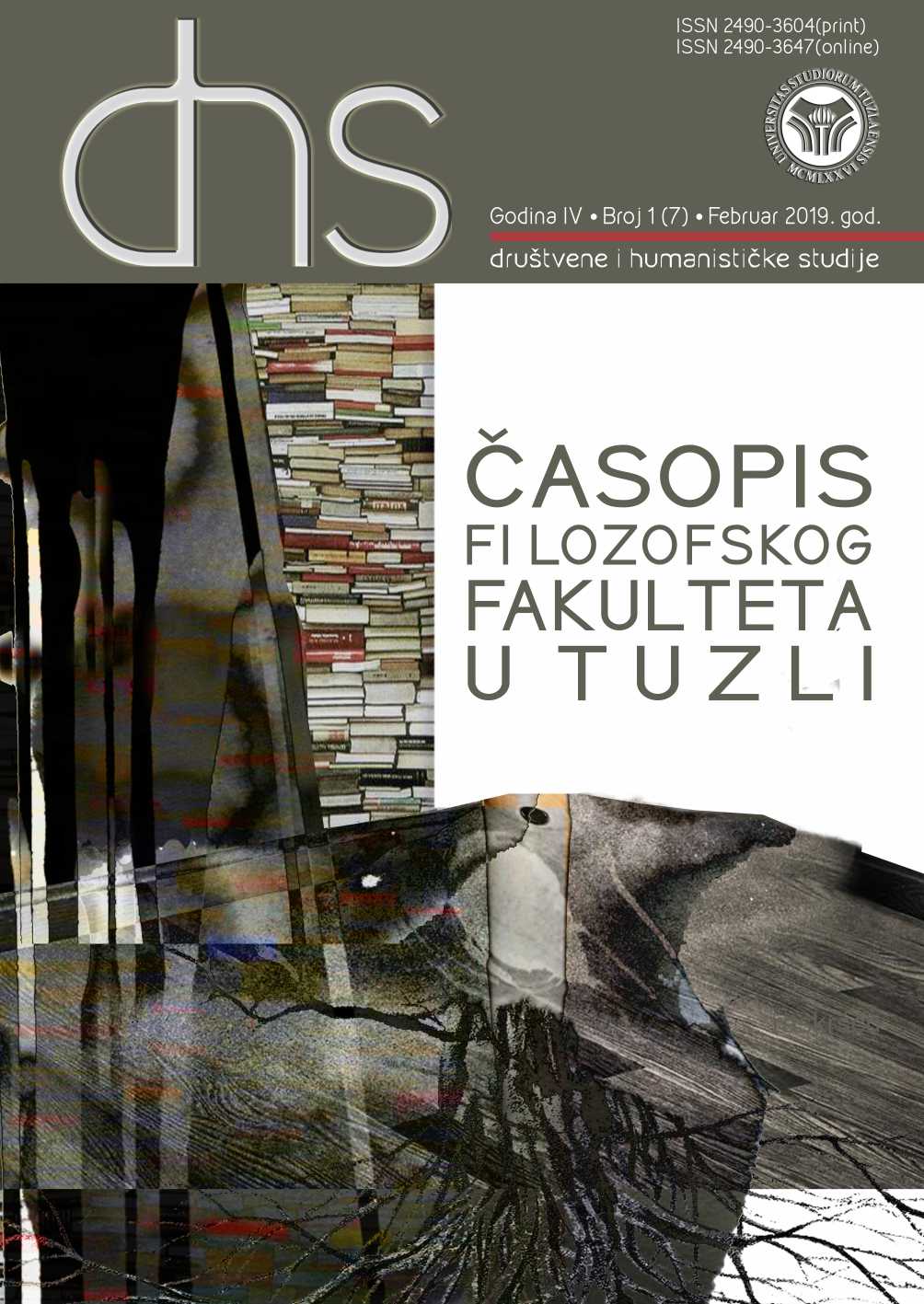Medijsko kreiranje konflikata u virtualnim zajednicama
Media Created Conflicts in Virtual Communities
Author(s): Dušan Aleksić, Ivana StamenkovićSubject(s): Media studies, Theory of Communication
Published by: Filozofski fakultet Univerziteta u Tuzli
Keywords: the Internet; conflicts; Serbia; Croatia; new media; reporting;
Summary/Abstract: From the very beginning of its existence the media has represented an important part of people’s lives and media generated messages significantly affected the forming of attitudes and opinions of the public.No matter how advanced technology was, the media has always succeeded to find the way to the audience. In contemporary society, in the age of the Internet, finding that way is easier than ever. The Internet provided a possibility that various contents become available to everyone on the Earth, which is important from media aspect because state borders are removed and people can easily find out about events from any part of the world. In such conditions the public doesn’t need to wait or to rely on information sourced from a traditional media, so mas media communication gets completely new outlines. This concept of informing can be very useful for sure, but it can also be very dangerous. If we consider how popular social networks are, which represent some sort of virtual communities and which serve as an important platform to the media in online environment, although they can be observed as some sort of media themselves, possibilities for creating different trends are clear. Such platform can be abused, for instance, for attracting a huge number of readers. It can specifically be applied to countries of ex-Yugoslavia among which many questions have remained unsolved, so that creates a convenient base for a constant revitalization of conflicts. Considering not so distant war past between Serbia and Croatia, for a case study in this paper the reporting of Serbian and Croatian most popular online media about official visit of Serbian president Aleksandar Vučić to Croatia was chosen. The applied method was the quantitative-qualitative analysis of the content focused on media presentation of the other one through topic selection, titles, the way of reporting and visual representation.
Journal: DHS-Društvene i humanističke studije: časopis Filozofskog fakulteta u Tuzli
- Issue Year: VII/2019
- Issue No: 7
- Page Range: 289-308
- Page Count: 20
- Language: Serbian

